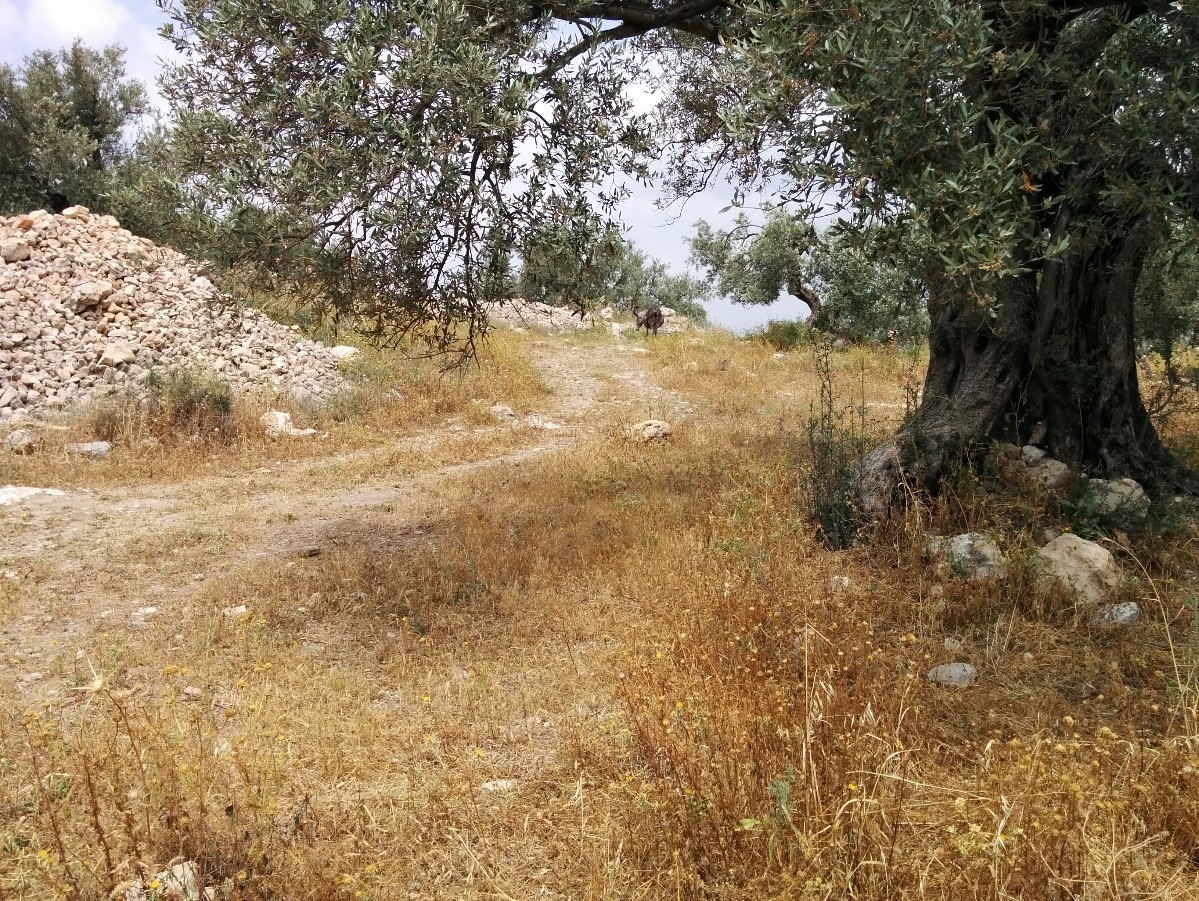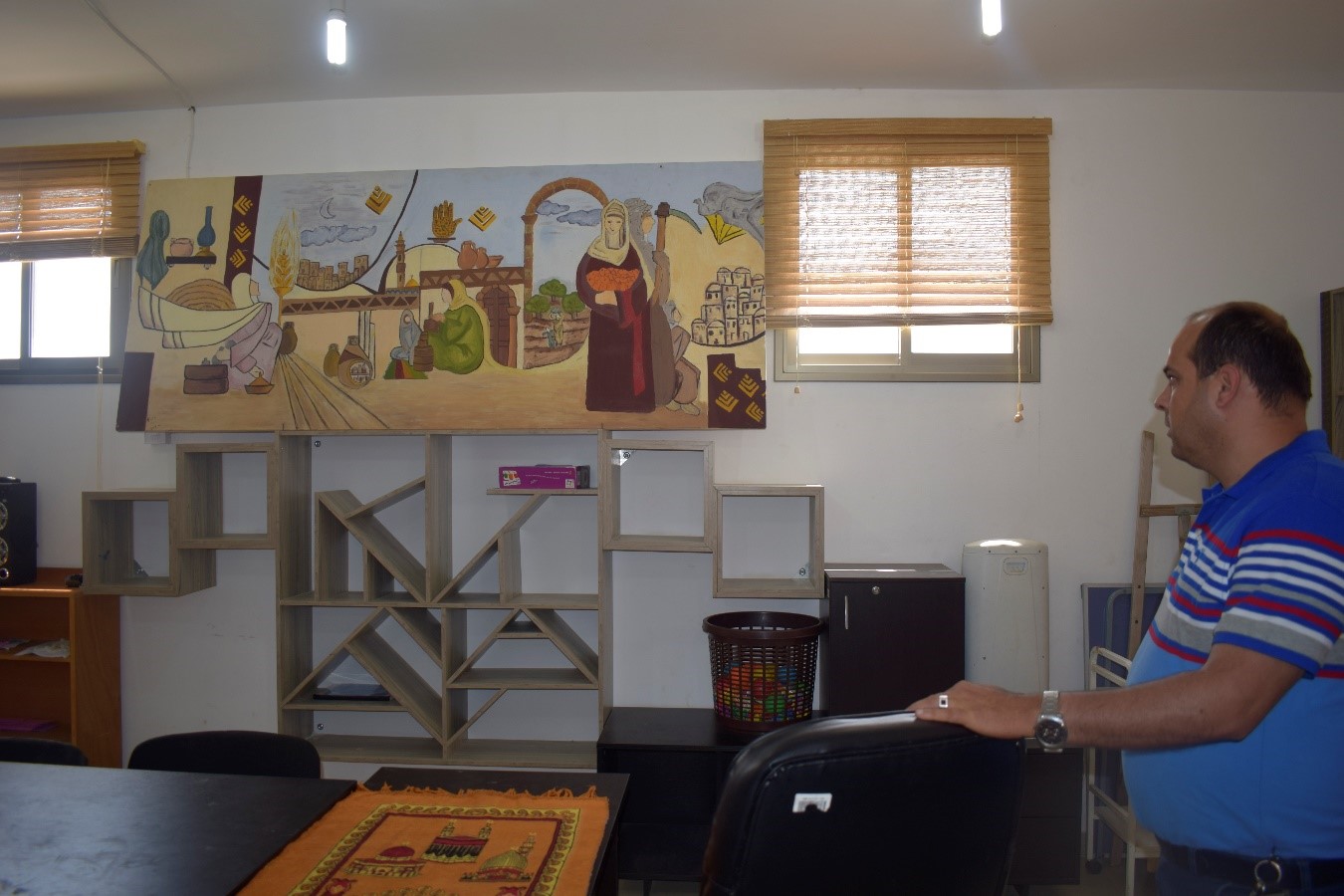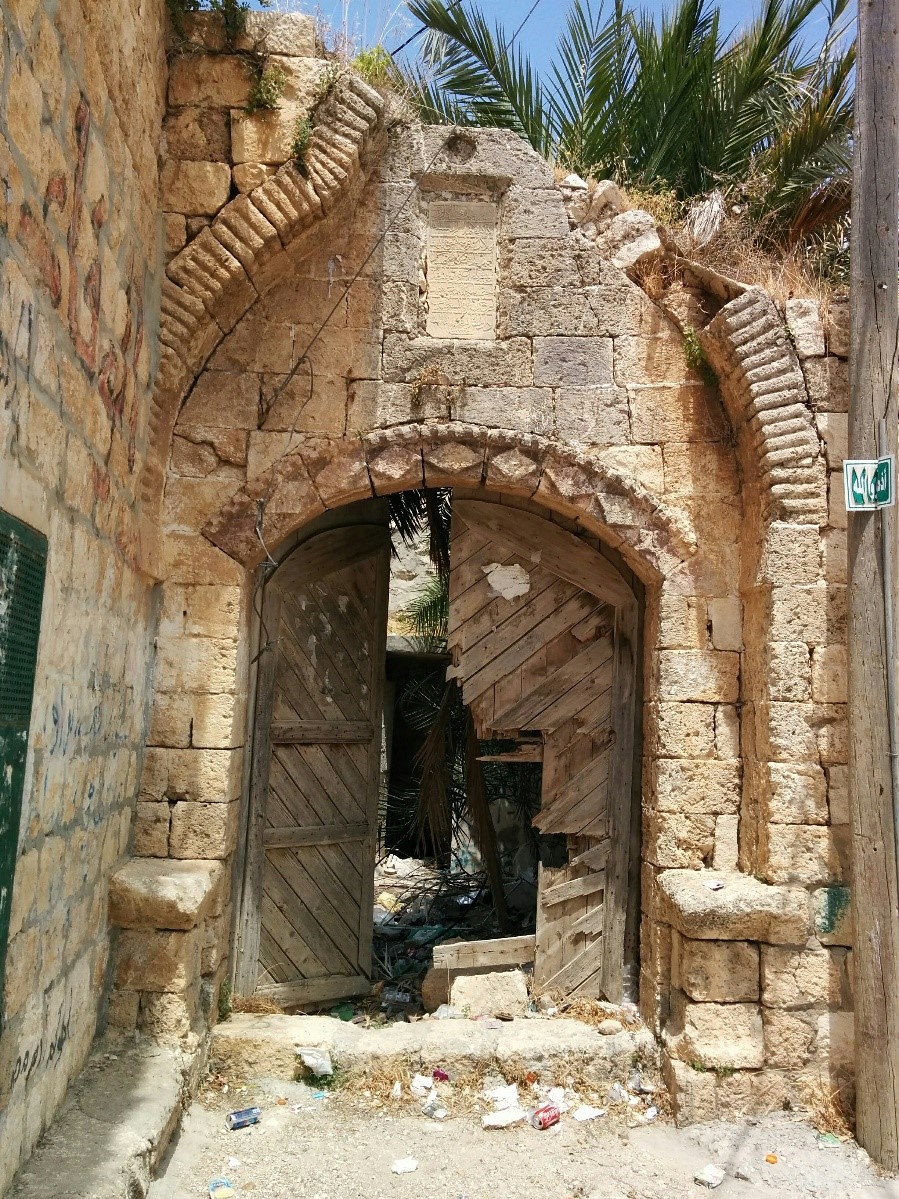Haris
A visit to the villages Hares and Zawaya: beware of the Cave of Machpela precedent
Hares
We met at the village of Hares (which adjoins Kaffel Hares), with Issa Suff, a freedom fighter who opposes a violent struggle against the occupation, in order to hear his opinion about the nightly celebrations on the famous tombs at Kaffel Hares. These celebrations are held several nights a year, without any coordination with the villagers, just as at Arwata. After some thought, and after expressing regret that Jews are not coming as pilgrims and as tourists who buy souvenirs, he says with a half-smile: let them take the tombs and leave us in peace. His serious and sad conclusion is that it is preferable to avoid any attempt at regulating this matter, based on the Cave of Machpela precedent: a request for some agreement and a visitation settlement could lead to a takeover, as in Hebron. With the Cave of the Machpela too it began in a minor manner, some coordination and the purchase of a house by settlers. And today – the situation is a disaster.
Zawaya
At Zawaya there is a big village of 7500 inhabitants. Its name is derived from the word zavit (angle). We met Omar who is in charge of the archeology at the Salfit district. He wanted to show us an antiquities site from the Roman era, where no excavations have yet been done. Palestinians are forbidden to touch it because it is located in the C zone. Ancient olive trees, hundreds of years old, stand in the site. The villagers are conducting a legal struggle against a new claim to confiscate over two thousand dunams here.
A

At the village, there is a three-story community center building, which holds a library and study rooms for adults, youngsters, and children. The village’s pride is the large number of students in various universities in the West Bank and abroad. The center has an important role in this success. The establishment of the center was initiated and financed by a man from the village who had made his fortune in one of the Gulf countries. He died about a year ago without having seen the center, as he couldn’t get a permit to enter the Left Bank. His son, who lives in Jordan, continues to assist in the financing of the center, and he too had not been able to get a permit to enter the Left Bank.
The many paintings and art works in the center all are focused on the occupation, banishment and the longing for the pre-occupation era.

An enormous photo of the ancient center of the village is attached to the wall at the center, but the site itself is neglected and falling apart. We asked why they hadn’t succeeded in reconstructing it. The answer was that owing to the many heirs they found it difficult to reach an agreement that would make it possible to include RIWAK in the picture, and to start a process of rehabilitation and conservation (RIWAK is an organization of architects and artists that preserves old buildings in the West Bank).

